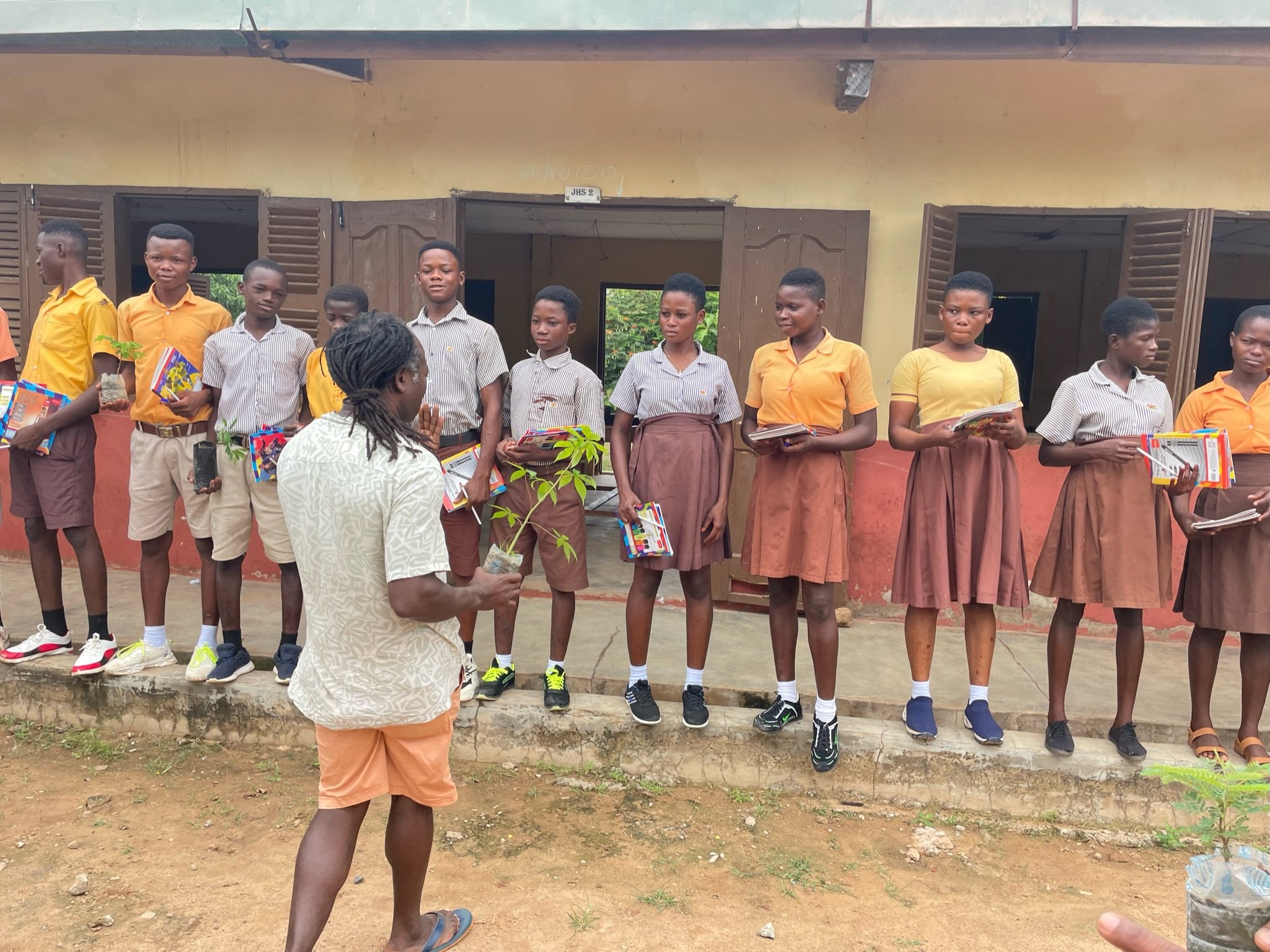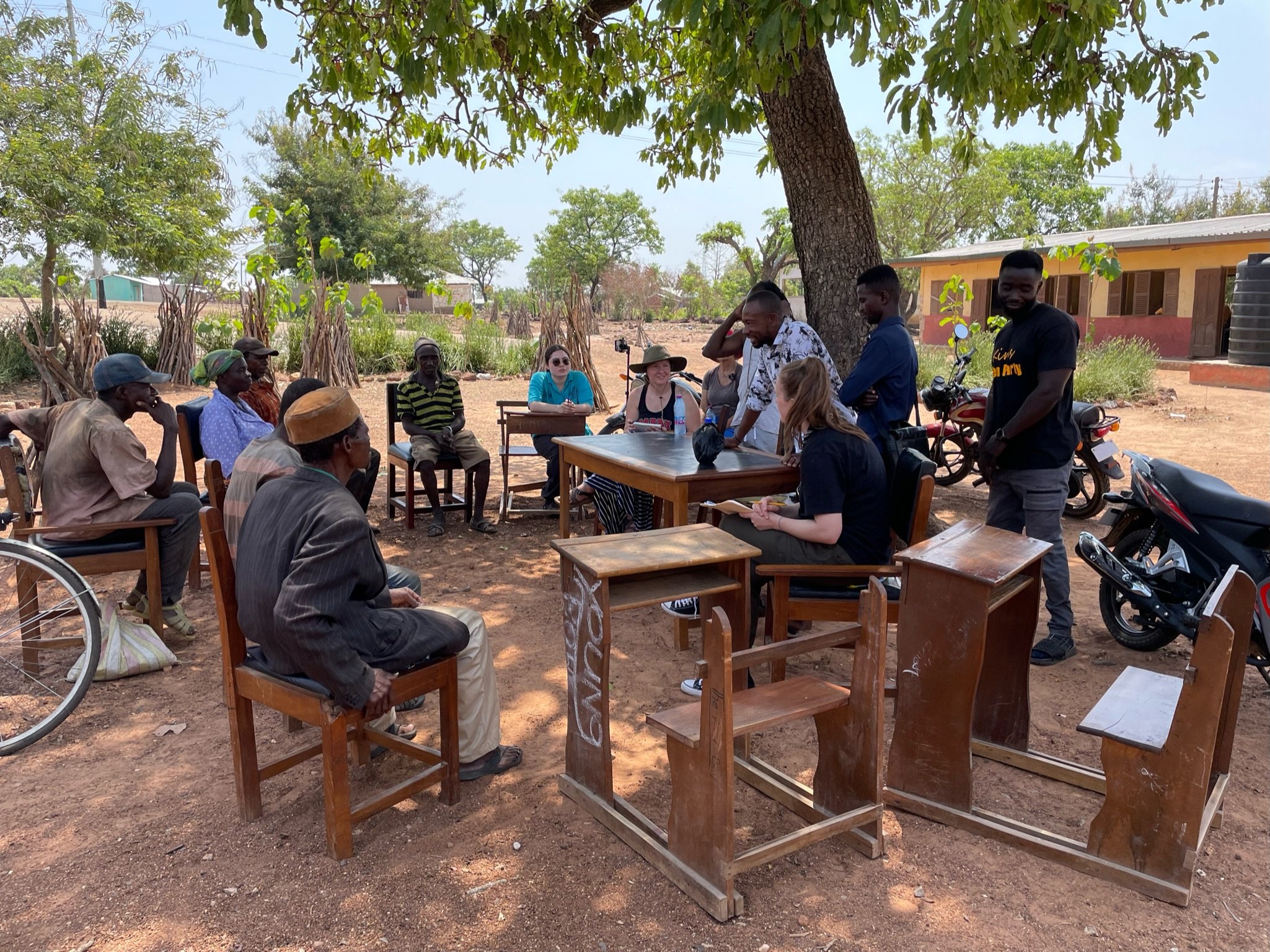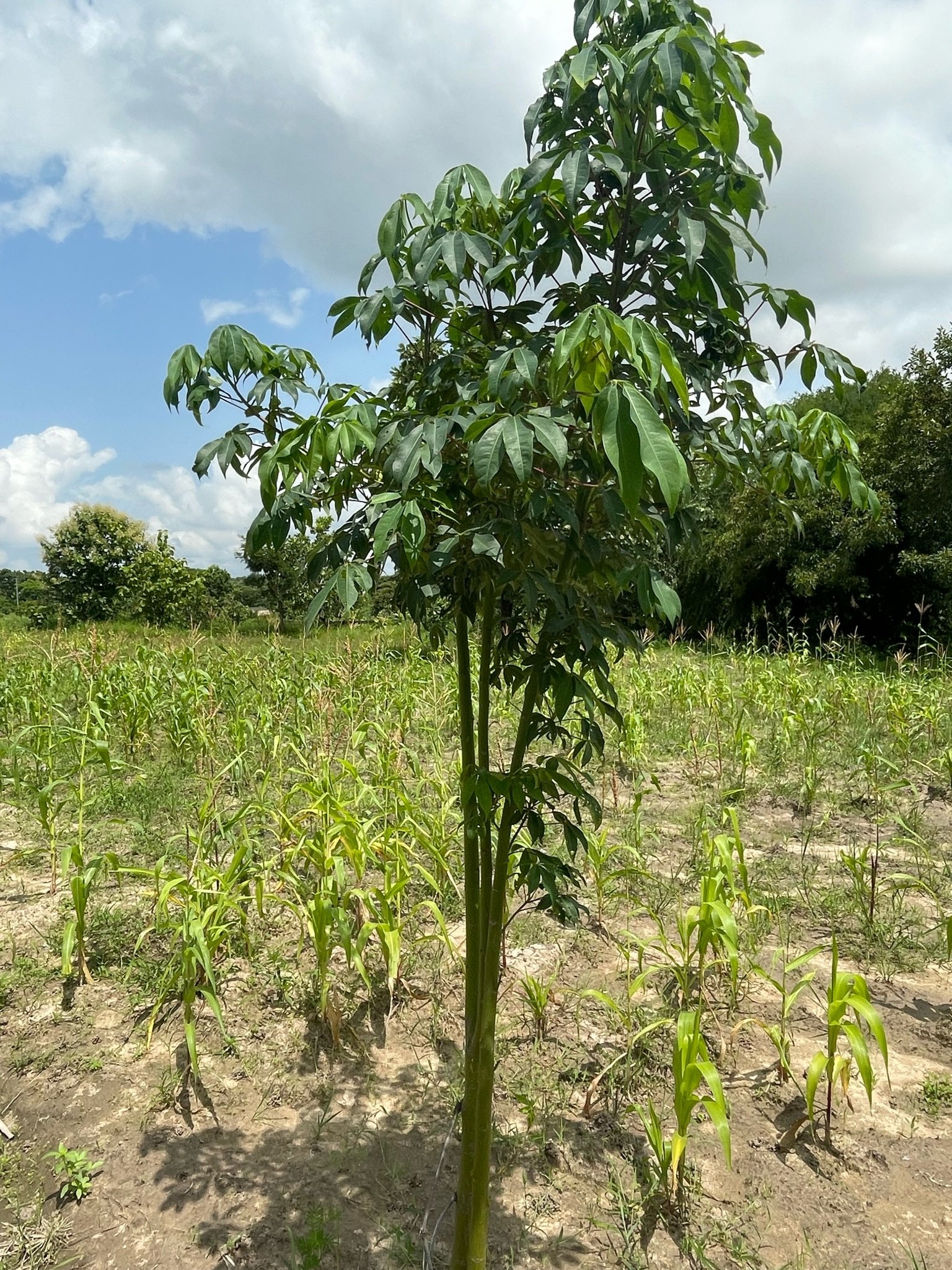
What We Do
Savannah Rising has established native tree nurseries in schools of the Savannah Region of Ghana and Southern Chile with the capacity to produce more than 20K native tree seedlings per year.
Our Vision
As the trees we produce rise from the fertile soils of the savannah, so, too, will the education and lives of the Savannah Region’s people.
What Makes us Different?
We are focused on planting native trees versus invasive damaging species.
All our trees have additional value in providing food security, medicine, fighting desertification, indigenous knowledge, and other traditional uses.
Our nursery bags are made from recycled plastic water bags. Plastic waste in the region is a severe problem, and we are removing thousands of bags from roadsides while teaching the value of recycling and waste management.
We consider this project an education project. Without education, reforestation cannot happen.
We stress participants take ownership of the project. We expect participants to be part of the project and work for the results. School aid is only received after producing seedlings. More seedlings planted means more aid for schools.
How it Works
50% of the money raised by purchasing a tree will be used for producing, transplanting, and continued care of the trees. The other 50% will go to the corresponding school with direct aid in the purchase of school supplies, repairs, curriculum development, and after-school programs.
Many children in the region are unable to attend school due to a lack of funds for school supplies. Families are, thus, confronted with decisions on which children to send to school.
Teachers do not have the required books to teach the specified curriculum, and so we plan to provide teachers with these necessary tools.
Where we plant our trees
-
School Grounds
Most schools have large acreage of undeveloped land, in many cases void of vegetation. Children have been observed during lunch breaks looking for native crops for their meals.
-
Rehabilitation
Reforestation of lands affected by charcoal production, bush fires, and over-grazing.
-
Urban Reforestation
Children will be encouraged to take trees home to plant and care. Reforestation will provide shade, food, and medicine.
-
Agroforestry
Adding native trees among mixed fruit trees on local farms in order to increase biodiversity.





